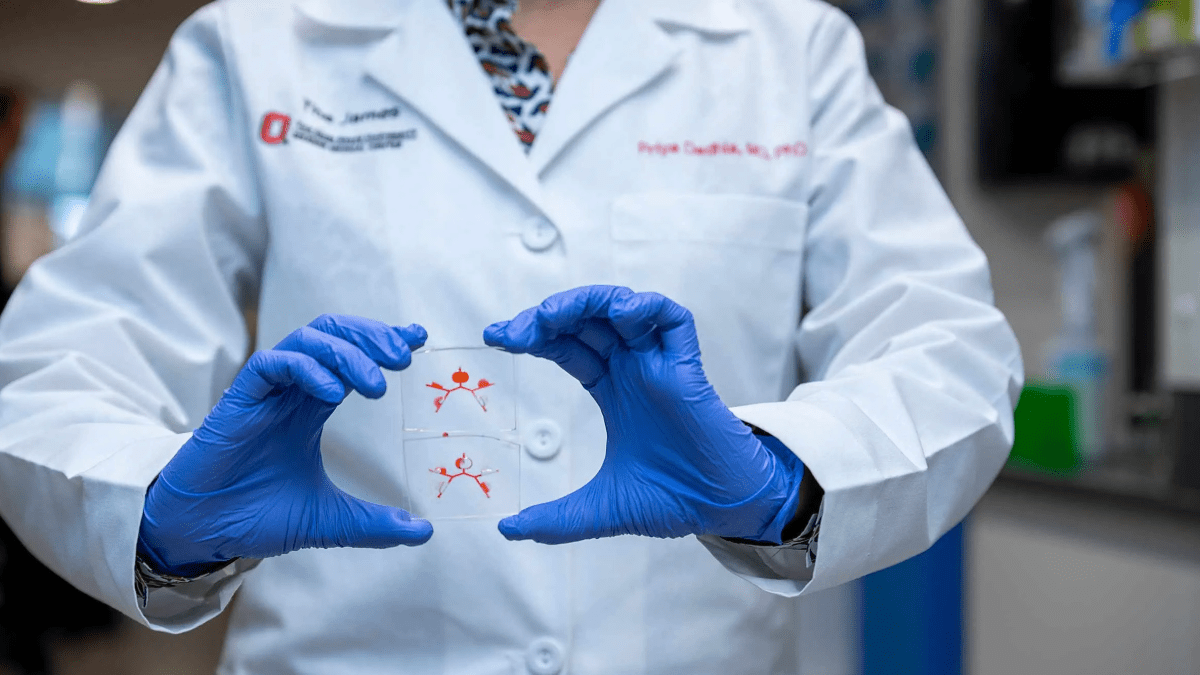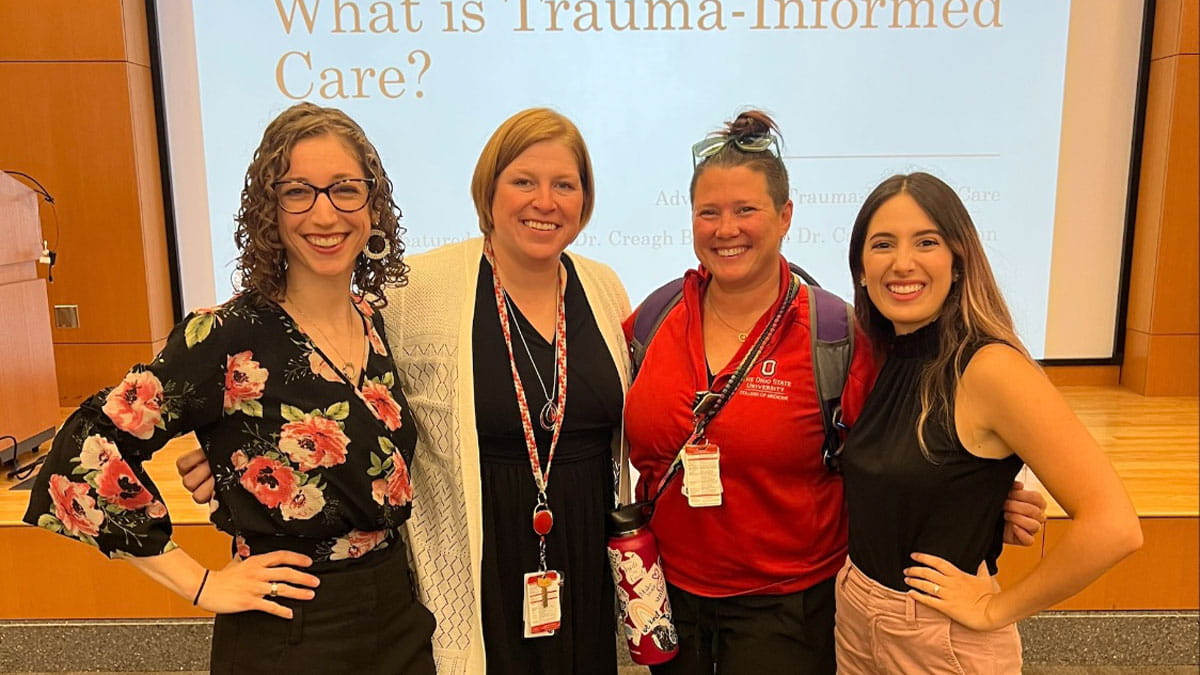Role of TREK-1 in modulating cardiac excitability and arrhythmias

Half a million deaths per year are attributed to cardiac electrical rhythm disturbances (arrhythmias), which cause more fatalities annually than stroke, lung cancer or breast cancer. This improper electrical coordination of the heart leads to irregular heart beat and an inefficient distribution of blood to vital organs, which may result in organ damage and death.
Patients with cardiovascular diseases (CVD) are especially susceptible to arrhythmias, as cardiac cells that lack oxygen may depolarize, leading to altered impulse formation. While such findings have aided the medical community with a better understanding of the relationship between CVD and arrhythmias, there’s still much to be discovered. In addition, current therapeutic approaches to arrhythmia present many obstacles.
“Existing antiarrhythmic therapies are limited by efficacy, low patient tolerance, risk of procedural complications and/or cost,” says Thomas Hund, PhD, professor of Biomedical Engineering and Internal Medicine at The Ohio State University College of Medicine.
Dr. Hund finds further limitations in the way antiarrhythmic drugs are currently being researched, with the need for more patient-specific approaches that fine-tune cardiac action potentials without detrimentally influencing cardiac excitability.
One answer to this problem may be found through studying the two-pore domain potassium channel TREK-1, which may have a role in the mechano-electric coupling mechanism of the heart. Dr. Hund says that this channel is an ideal candidate for more precise therapeutics because:
- The reactions of heart muscle cells can be studied and applied across both mouse and human models.
- Multiple methods can be used to regulate the activity of this channel.
- Recent data has shown TREK-1 to be an attractive drug target.
“This project will research if TREK-1 functions as a multimodal stress sensor in the heart, as well as a therapeutic ‘lever’ that may be tuned to modulate cardiac excitability through association with the spectrin-based cytoskeleton,” says Dr. Hund.
Dr. Hund will collaborate on this project with Ohio State College of Medicine faculty Krishna Chinthalapudi, PhD, assistant professor of Physiology and Cell Biology; Isabelle Deschenes, PhD, professor and chair of Physiology and Cell Biology; and Peter Mohler, PhD, chief scientific officer at The Ohio State University Wexner Medical Center and professor of Physiology and Cell Biology, and Internal Medicine.
“This project wouldn’t be possible without an interdisciplinary team including investigators from engineering, physiology and medicine who will allow us to precisely dissect how this unique channel works and then exploit its novel properties to engineer new therapies,” says Dr. Hund.
The team was awarded a $1.6 million R01 grant from the National Institutes of Health’s National Heart, Lung and Blood Institute. The grant will fund their research from March 2021 through February 2024. Since the approval of their grant, they have already generated surprising results on how manipulating the TREK-1 channel influences the heart’s response to chronic stress. Dr. Hund and his team look forward to publishing their work in the future.



